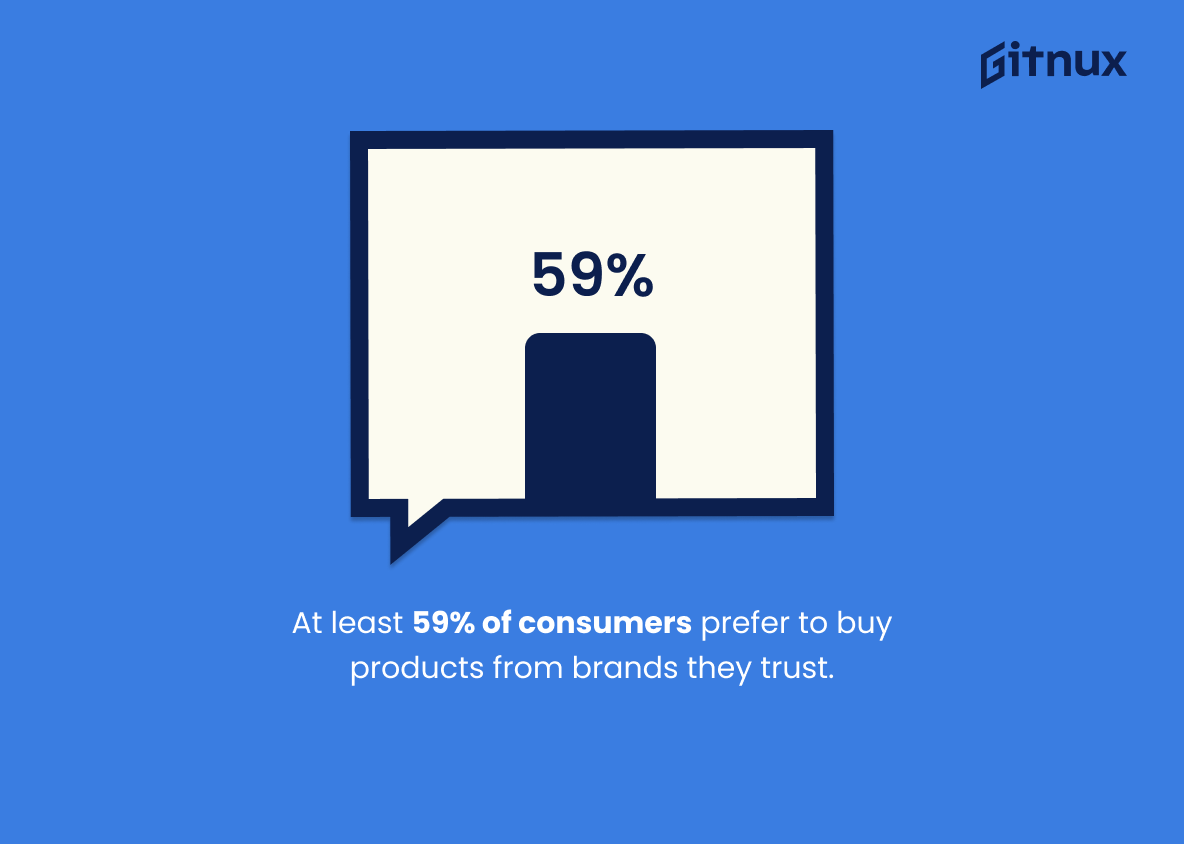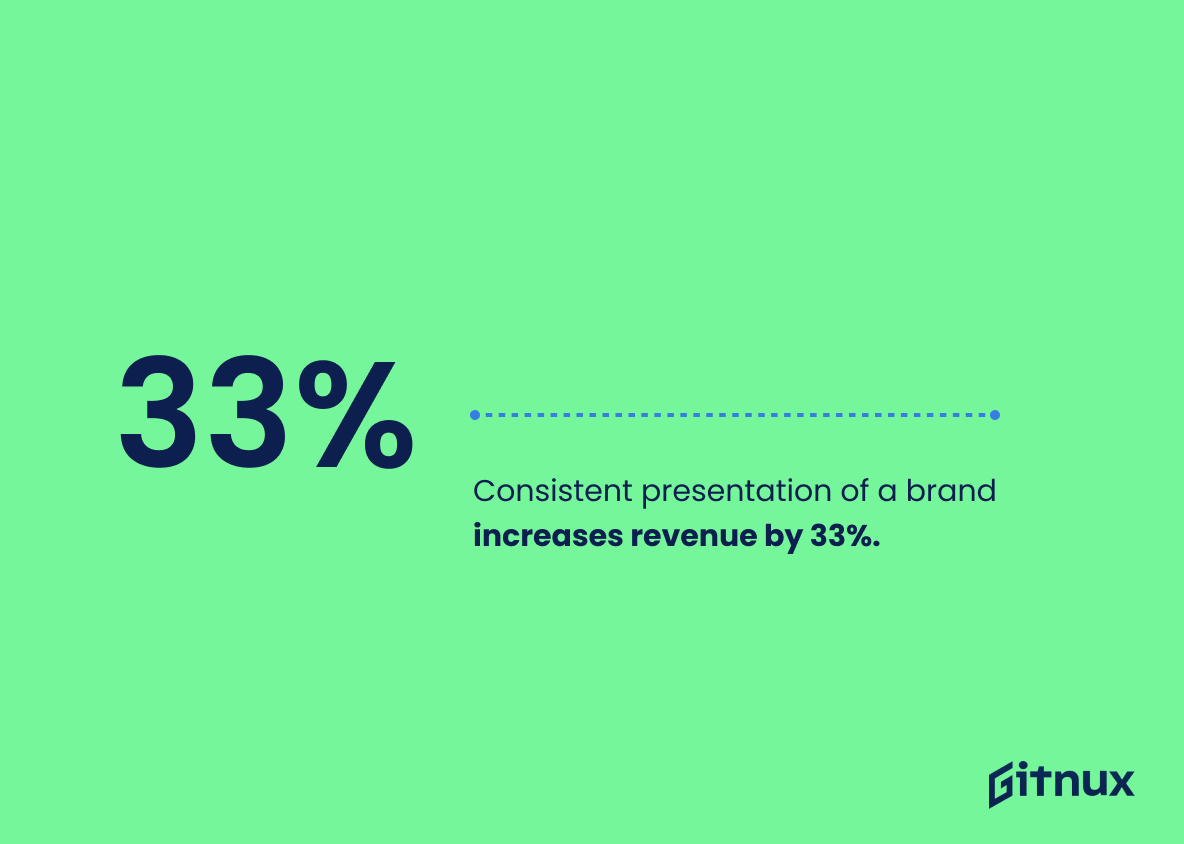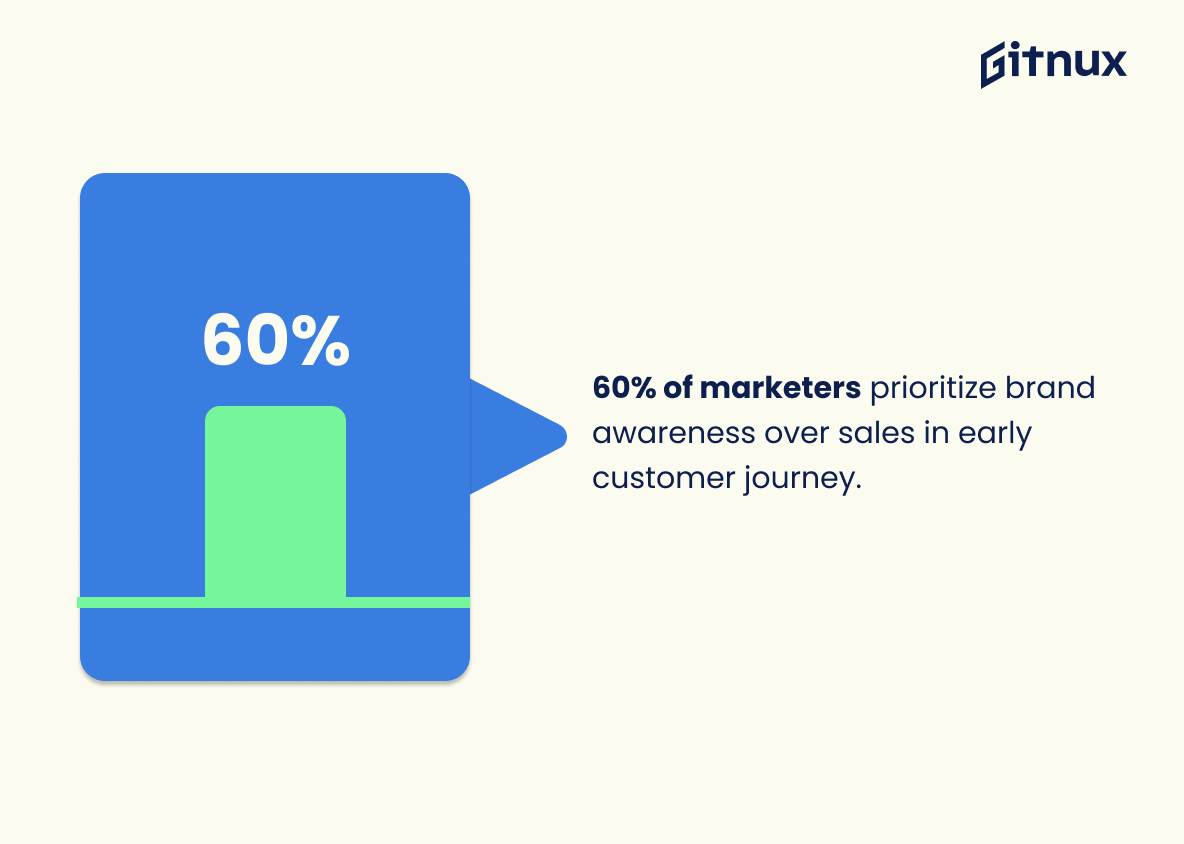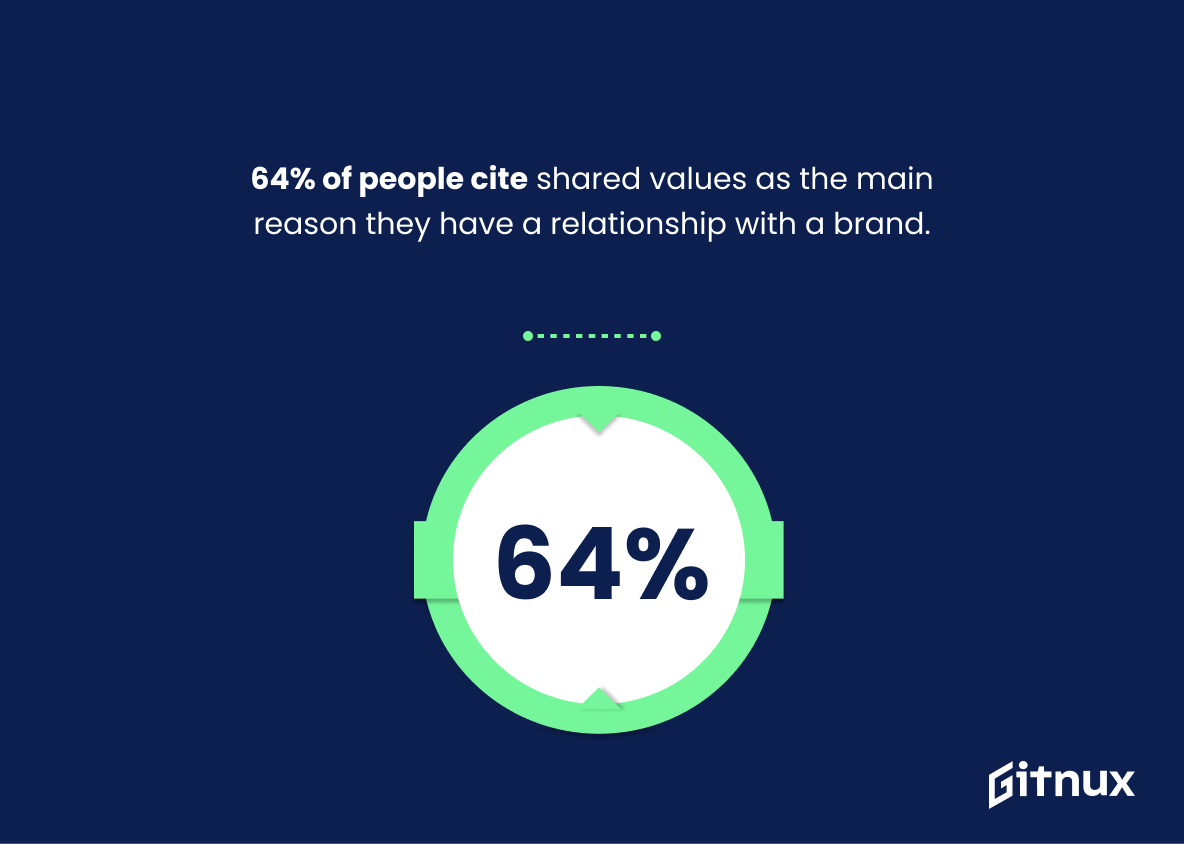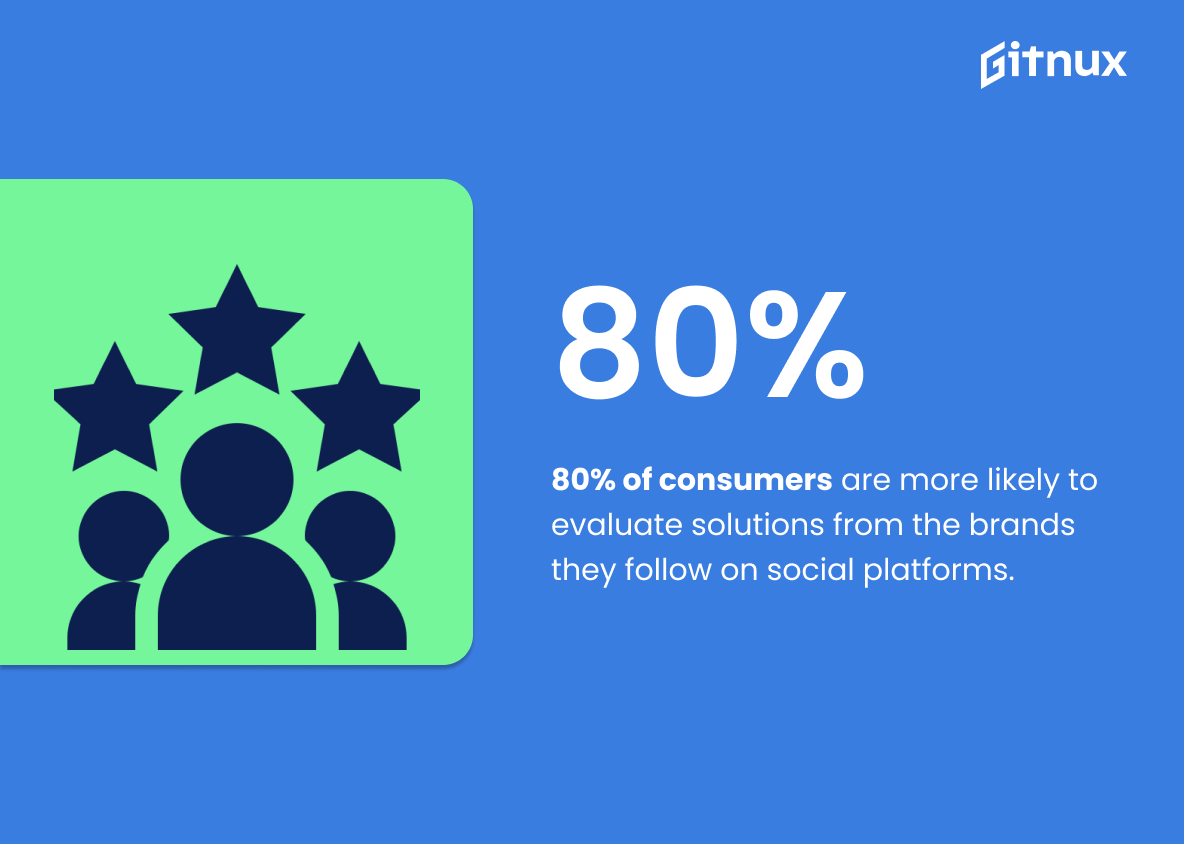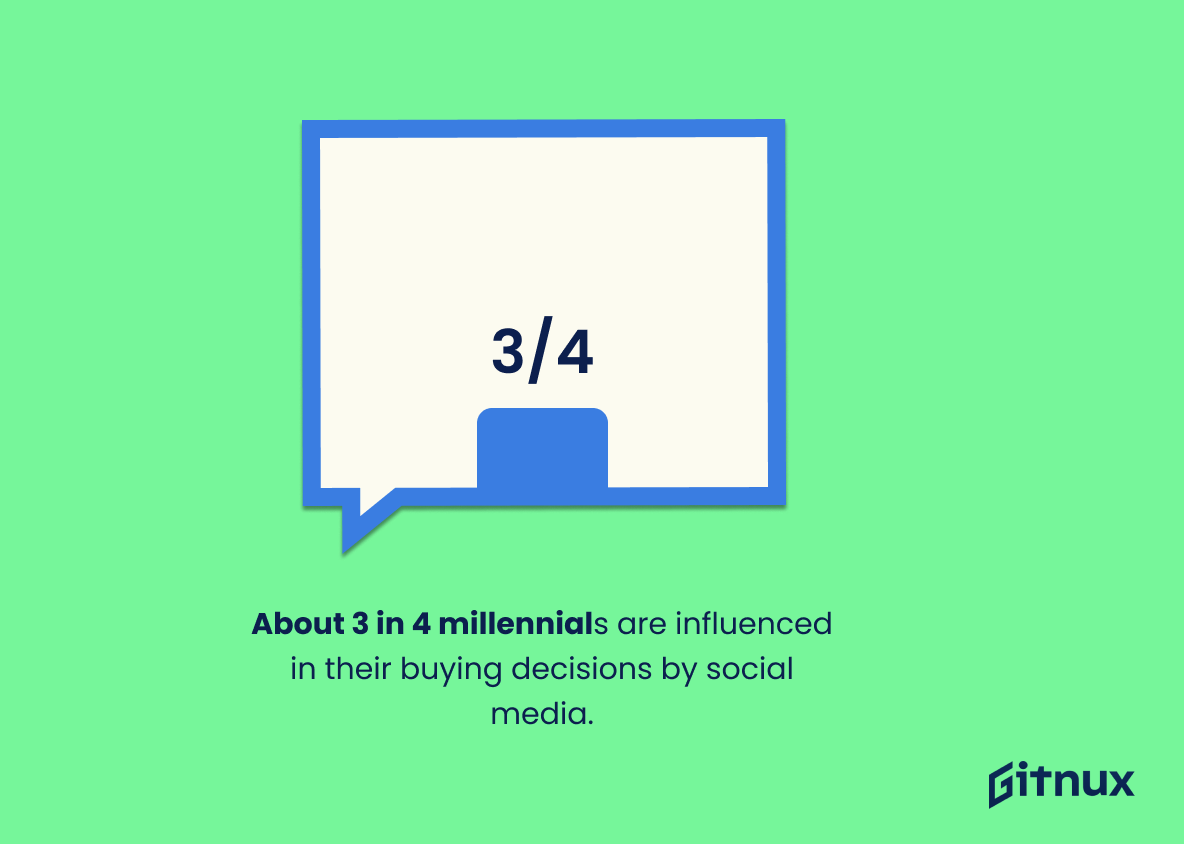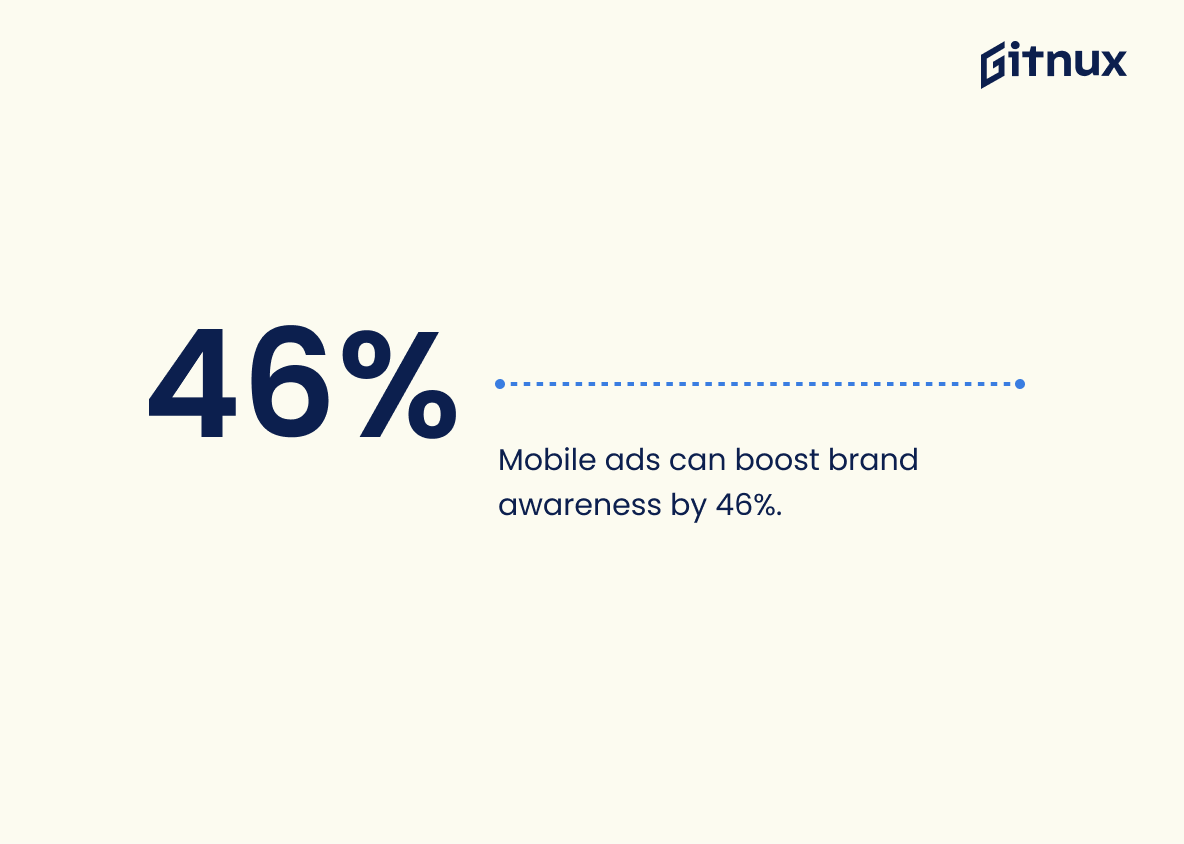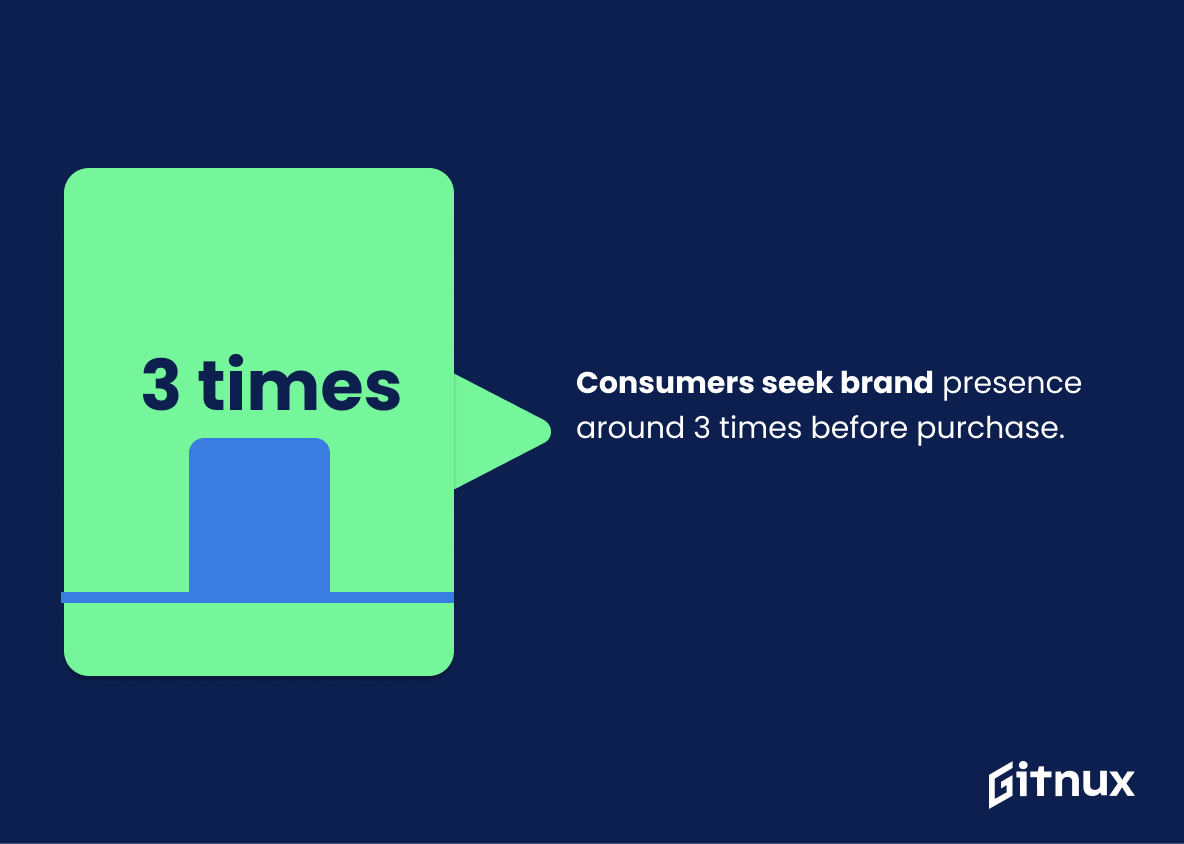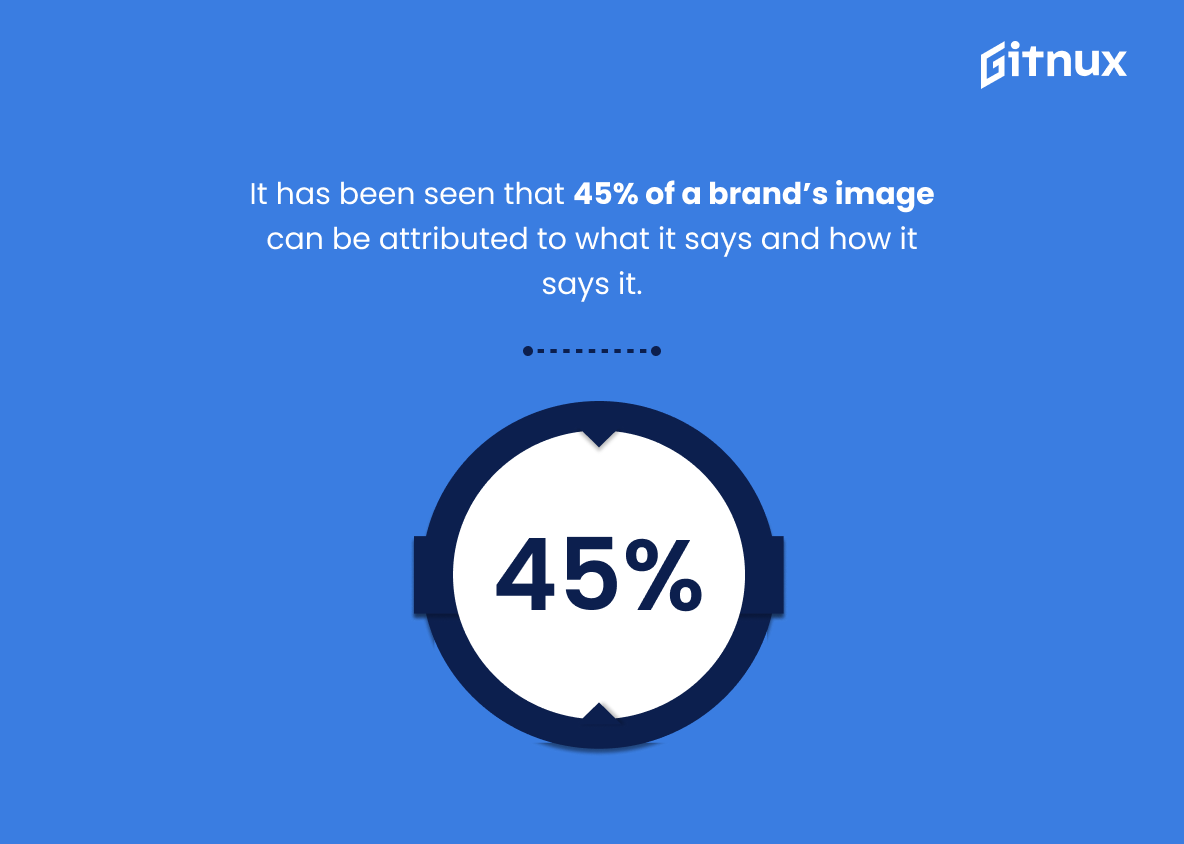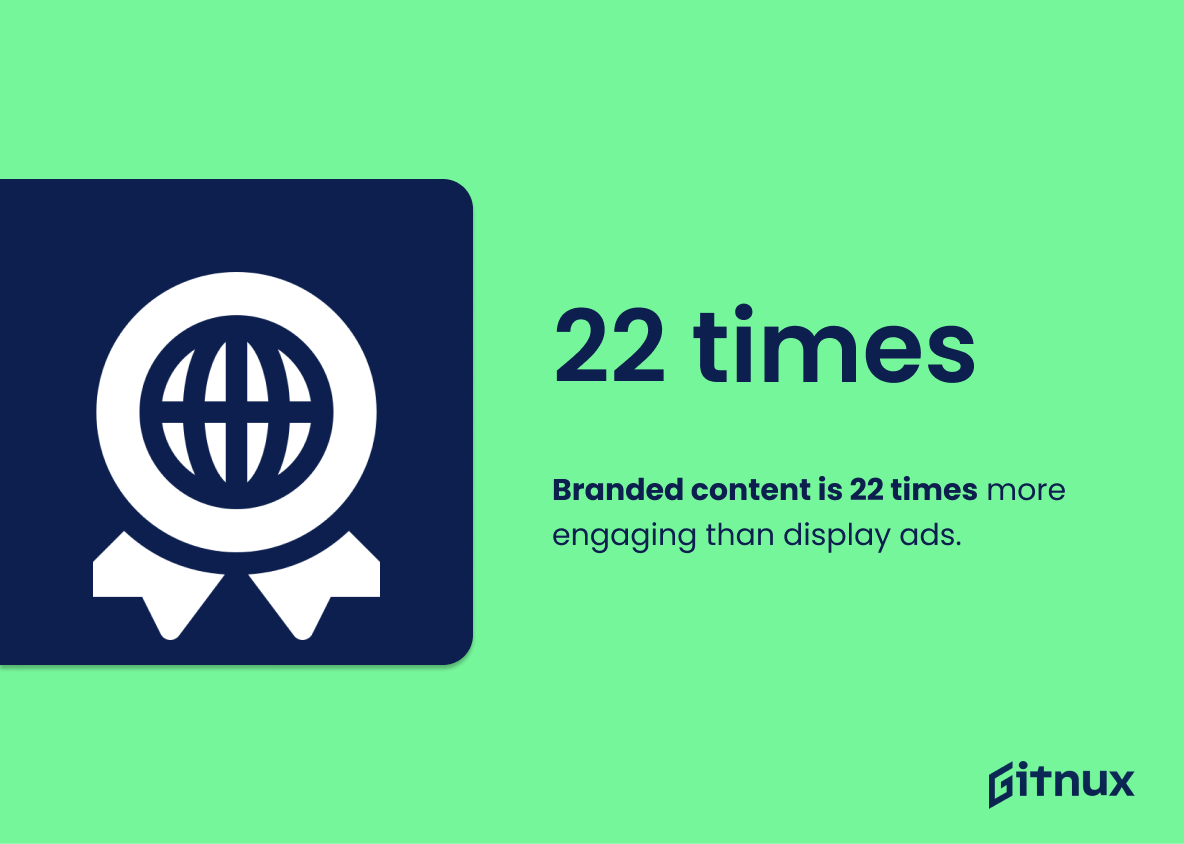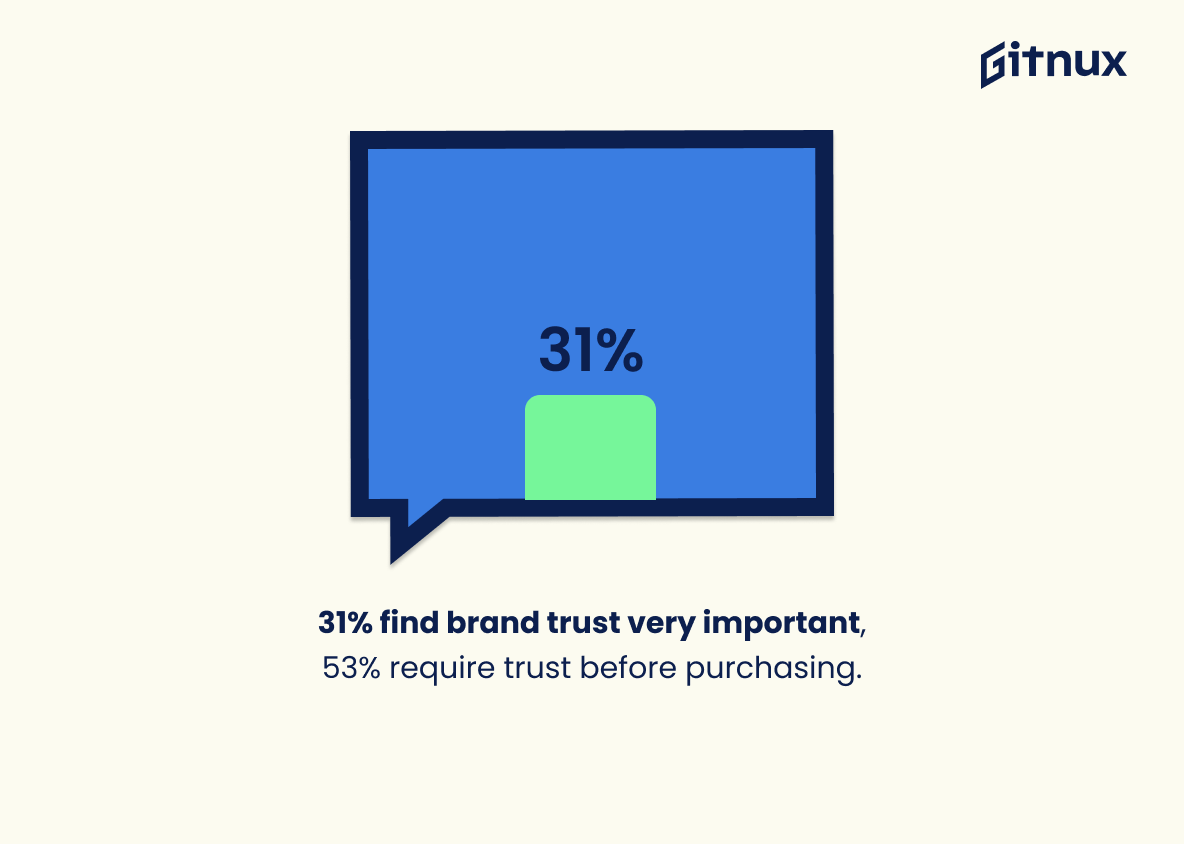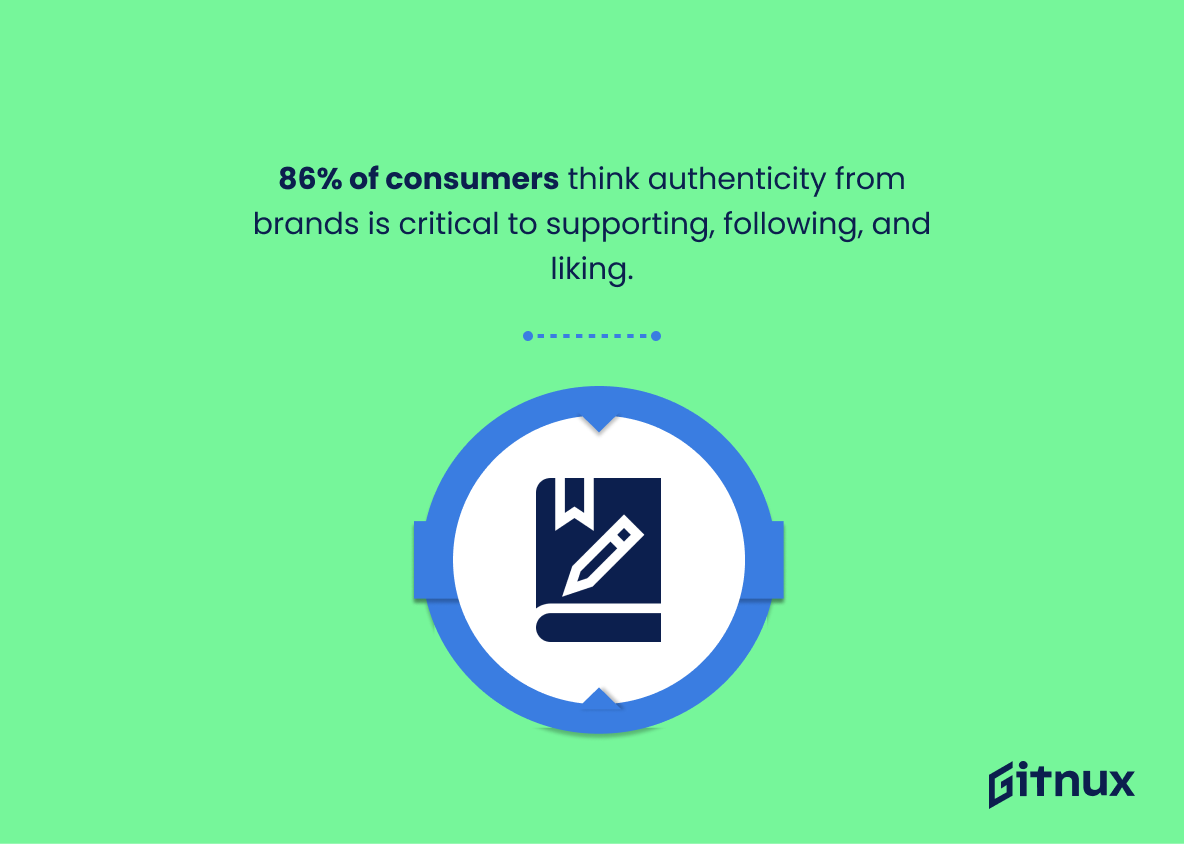In an ever-competitive marketplace, brand awareness plays an instrumental role in shaping consumer decisions and driving business growth. It crafts an indelible impression on consumers’ minds, influencing their purchasing behavior and loyalty towards a product or service. But what does the big picture actually look like? What compelling statistics demystify the realm of brand awareness and its far-reaching impact on global businesses? In this insightful blog post, we will delve into crucial brand awareness statistics that demonstrate just how fundamental this concept is to the longevity and success of businesses in the digital age. You’ll gain an in-depth understanding of brand awareness evolution, its importance, and how it changes the game in business fields.
The Latest Brand Awareness Statistics Unveiled
89% of marketers say that brand awareness is their top goal.
Unraveling the essence of this impressive figure, it orchestrates a compelling narrative about the priorities of marketers. Anchoring their strategies in the vast sea of competition, a convincing 89% of marketers hoist their sails towards the alluring horizon of brand awareness as their topmost quest. Such a predominant leaning mirrors the weight of brand recognition in the marketing world, serving as the heart of the discourse in a blog post revolving around Brand Awareness Statistics. The statistic echoes the voice of the majority, hinting that sailing towards the beacon of brand awareness might be the requisite map leading to a marketer’s treasure chest of success.
At least 59% of consumers prefer to buy products from brands they trust.
Unpacking the significance of the statistic that ‘at least 59% of consumers prefer to buy products from brands they trust’ in the context of a blog post about Brand Awareness Statistics, we traverse deep into the psyche of the modern consumer. The number prudently illuminates the critical role of brand trust in the consumers’ purchase decisions. This majority percentage invocation subtly underlines that trust has evolved from being just a ‘nice-to-have’ quality to a ‘make-or-break’ quotient in the contemporary commercial arena.
This statistic thus stitches an intriguing narrative around the tangible value of brand awareness and trustworthiness as they serve as guiding star amid the chaotic constellation of innumerable brand options available to consumers. It further magnifies the importance of a brand becoming a trusted name resonating within a consumer’s mindspace, thereby increasing the likelihood of their products filling up shopping baskets.
Therefore, this digit not only acts as a stark reminder for brands to continuously cultivate and uphold their reliability but also as a subtle prompt for them to regularly measure their brand awareness metrics, for they hold the potent potential of swaying customer preferences in their favor.
Consistent presentation of a brand increases revenue by 33%.
Imagine a symphony where every instrument is impeccably tuned and the orchestra performs in perfect harmony. This elevates the music to heights that delight the audience and leaves them begging for more. Similarly, projecting a consistent brand image is like crafting that harmonious symphony – it profoundly enhances the customer’s experience and perceptions.
Now, inject a hard number into this notion – a 33% surge in revenue. That’s not just a minor improvement, it’s potentially a game-changer, and here’s why.
In a landscape crowded with countless brands jostling for attention, a solid and consistent brand image breaks through the noise, engages the audience, and embeds itself in their minds. It strengthens the brand’s credibility, fosters trust, and builds a loyal customer base – all of which are invaluable for long-term success.
But the beauty of this statistic lies in its tangible evidence. It’s not just about creating a strong perception – it’s about translating that perception into palpable results – in this case, a significant 33% increase in revenue. It’s proof that dedicating resources to create and maintain brand consistency isn’t just a cosmetic exercise; it directly and substantially influences the bottom line.
So, for those navigating the realm of brand awareness, this statistic isn’t merely interesting — it’s a clarion call to invest in a consistent brand presentation. It’s a testament that through consistency, a brand can not only capture hearts and minds but also successfully drive revenue growth.
60% of marketers believe that brand awareness is more important than sales in the early stages of the customer journey.
Delving into the heart of brand awareness statistics, our focal statistic revealing that 60% of marketers deem brand awareness as of higher importance than sales during the initial stages of the customer journey, shines a spotlight on the significance of recognition over immediate profit. It underlines the concept that in today’s saturated markets, becoming a familiar name is precursor to gaining customer loyalty and eventual sales. Essentially, it suggests that the initial goal for businesses should be to echo in the consumer’s mind, create relativity and rapport prior to expecting conversions. It’s like, putting on a magical spell on consumer’s memory, so when the need emerges they are naturally drawn towards the brand they know- yours. This nuance magnifies the relevance of brand awareness strategy in modern day marketing world – a crucial narrative within our blog post about Brand Awareness Statistics.
64% of people cite shared values as the main reason they have a relationship with a brand.
In the grand arena of brand competition, aligning with the audiences’ values can cut through the noise like a sharp sword. Several brands vie for attention, but winning hearts means touching upon more profound layers. It’s not just about offering quality products or services anymore; consumers want to resonate with the brands chosen. The statistic ‘64% of people cite shared values as the main reason they have a relationship with a brand’ is akin to a compass guiding this compelling journey of brand awareness. It underscores the criticality of shared values, nurturing a keen sense of belonging, which is instrumental in creating brand recall, loyalty, and ultimately, enhanced brand awareness. Thus, this percentage serves as a powerful reminder to brands to echo their audience’s values and beliefs, carving a niche in the competitive marketplace and the consumer’s mind.
80% of consumers are more likely to evaluate solutions from the brands they follow on social platforms.
Delving into the depth of brand awareness statistics, we uncover an intriguing facet: ‘80% of consumers are more likely to evaluate solutions from the brands they follow on social platforms.’ This intriguing data point can significantly modify the marketing strategies of brands and businesses. It underscores the relevance of maintaining a strong, consistent presence on various social platforms. Not only does it aid in building brand visibility and enhancing customer engagement, but it also plays a pivotal role in shaping consumer purchasing decisions. Businesses that command a robust social media followership can potentially leverage this dynamic, by focusing their marketing efforts on these platforms to forge stronger customer relationships, thereby contributing to the boost in their evaluation and ultimately, in their sales.
About 3 in 4 millennials are influenced in their buying decisions by social media.
Nestled within the heart of this compelling statistic, lies a potent revelation of the power social media wields over millennial purchasing behavior. Highlighting a significant 75% of millennials swayed by social media in their shopping choices, it should make marketers sit up and take notice. This statement assuages the importance of maintaining a robust brand presence on social digital platforms – it’s not just about tweeting, posting, and advertising, it’s about engaging an audience that is readily influenced by these channels. As we dive deeper into the intricacies of brand awareness statistics, one cannot ignore this implicit call-to-action: Strengthen your social media branding to grab hold of the millennial market’s reins. Not only would such a strategy bolster overall brand awareness, but also yield positive ripple effects on the consumer buying cycle, potentially driving sales and fostering customer loyalty.
Mobile ads can boost brand awareness by 46%.
The potency of mobile ads to catapult brand awareness by a hefty 46% is akin to the discovery of gold in the wild west. It’s like a spotlight in the dense landscape of digital marketing, seemingly able to illuminate brand identity in the vast consciousness of the consumer base. Amidst the overflowing information on brand awareness statistics, this statistic serves as a lighthouse for marketers, guiding strategies towards the continually expanding mobile platform. It’s not only revealing a high rate of success but also offering a key avenue for blossoming brand identities in today’s mobile-driven world.
On average, consumers are reassured by a brand name presence at least three times before they make their purchase decision.
Envision a bustling marketplace, where countless options vie for a consumer’s attention. Nestled within the cacophony of choices, one statistic dances into focus, painting a vivid picture of the consumer psyche. On average, consumers require the comfort of a brand’s presence not once, not twice, but a minimum of three times before they confidently commit to a purchase decision.
In a blog post exploring the intricate web of Brand Awareness Statistics, this piece of information serves as a guiding torch. It illuminates how customer trust, a cornerstone of brand loyalty, isn’t an instantaneous accomplishment. Rather, it is a gradual build-up of recognition, association, and familiarity – achieved by consistently ensuring the brand’s visibility.
Hence, any business embarking on its brand-building journey needs to decipher this subtle narrative hidden within the number. By understanding that their brand name should punctuate consumers’ line of sight at least three times, businesses can achieve a potent equation – visibility mixed with consistency equals a higher likelihood of customer preference.
Drawn from the statistic, this blueprint of effective brand awareness can steer businesses in strategizing their marketing campaigns, setting the tone for optimal consumer engagement and, ultimately, nudging the sales needle in the right direction.
Thus, within the broader landscape of Brand Awareness Statistics, this specific statistic stands out as a portent, a lighthouse for businesses navigating the treacherous waters of brand recognition.
It has been seen that 45% of a brand’s image can be attributed to what it says and how it says it.
In weaving the story of brand awareness, the tapestry isn’t complete without an understanding of the power of messaging. The statistic stating, “45% of a brand’s image is determined by its message and the manner of its delivery,” fits perfectly into this narrative. Diving into this significant percentage provides important insights. Firstly, it emphasizes the influential role that a brand’s communication strategy plays in shaping public perception and driving brand awareness. Brand communication isn’t just about sharing information; strategically crafting the narrative and carefully determining its delivery can shape nearly half of a brand’s image. Secondly, it underscores the need for consistent, authentic, and captivating brand stories and messages. Brands can’t afford to discount their verbal and written expressions, as these form the cornerstone of their identity, influencing nearly half of how they are perceived. This is a potent reminder of the power of words in the realm of branding, one that is necessary to explore in a blog post about brand awareness statistics.
Branded content is 22 times more engaging than display ads.
Delving into the realm of brand awareness statistics, an intriguing discovery showcases the rippling power of branded content – it is a staggering 22 times more engaging than display ads. This revelation becomes the magnetic north for marketing strategists navigating their way towards making a powerful brand impact.
Essentially, branded content’s role could be likened to the sparkling conversation starter at a party, effortlessly drawing attention and stirring chatter around it. The magnetism of its engagement overpowers display ads by 22 folds, echoing the dynamic shift of marketing techniques in the digital landscape.
In the tumultuous seas of commerce, every entrepreneur is seeking that guiding star, that x-factor to spearhead brand awareness. This statistic presents itself as the lighthouse, pointing to the path of maximum engagement – branded content. Hence, exploiting this golden nugget in the marketing treasure chest can translate to widespread brand recognition, driving organizations closer to their pursuit of becoming the ‘talk-of-the-town.’
Ultimately, the potency of this statistic in the context of brand awareness cannot be overstated, its relevance resembles the unignorable pull of gravity that grounds marketing plans and elevates brands.
31% of consumers say trust in a brand is extremely important, and another 53% say they must trust a brand to do what is right before making a purchase.
Delving into the depths of these percentages casts vital light on the significance of brand trust in the consumer buying process, painting a rather compelling picture. Seizing the attention first is the 31% of consumers for whom brand trust is not just important, but extremely so. Their voices echo the role of trust as a critical ingredient in shaping their perception and decision-making, implying a profound relationship between brand trust and brand awareness.
The conversation, though, does not stop here. An even larger segment, precisely, 53% sharpen the spotlight on ‘trust’ as a non-negotiable prerequisite for making a purchase, underscoring the fact that a brand’s actions can make or break their shopping decision. The reveal from both these potent proportions is striking: over 80% of consumers are swayed by the axis of trust, emphasizing its ascendence in consumer behavior and its pressing relevance in brand awareness strategies.
Thus, for a brand aiming to nestle securely in the consumer’s consciousness, these statistics serve as a staunch reminder: trust is not simply nice-to-have, it’s a must-have.
63% of people expect brands to use their purchase history to provide them with personalized experiences.
In the animated world of branding, this statistic serves as a shimmering beacon, leading the way to enhanced customer loyalty and stronger brand recognition. This 63% revelation indicates a significant number of consumers long for a personalized brand-consumer relationship, one that is built from their unique transactional history. It’s hard-hitting proof that tracks brand-savvy individuals who not only want their brands to know them, but are also comfortable with brands using their purchase history to curate customized experiences. This customer-brand intimacy can help foster a sense of customer loyalty and recognition, vital aspects in strengthening brand awareness. Therefore, brands wishing to scale the mountain of brand awareness must equip themselves with the gear of personalized customer experiences, guided by the light of this 63% statistic.
82% of adults in the U.S. are loyal to brands.
Imagine navigating a dense forest with no clear path in sight. That’s what the vast, competitive market feels like for a new brand. In this wild landscape, the statistic of 82% of adults in the U.S. remaining loyal to brands acts as a beacon of hope. It underscores the significance of crafting a compelling brand narrative, forging emotional connections, and maintaining promise fidelity, all to foster brand loyalty. When marching through this competitive wilderness, this statistic is a compass pointing towards the importance of brand awareness efforts for potential loyalty. Just like a sturdy tree, a brand known and trusted by consumers will stand firm, affirming that investing in brand awareness isn’t just good strategy—it’s survival.
86% of consumers think authenticity from brands is critical to supporting, following, and liking.
Breathing life into the somewhat dry soap opera of brand awareness statistics, the revelation that a grand 86% of consumers demand authenticity from brands holds our attention. It carves a clear message into our understanding of what truly influences consumer behaviour. The magnitude of this figure serves as a neon sign for businesses, encouraging honesty and genuine relationships with consumers. Any brand aiming to increase awareness must read between the numbers and grasp this paramount importance of authenticity. The sentiment is crystal clear; to connect, to engage, and to earn the trust of consumers, brands must offer authentic experiences. This single statistic has the power to redefine strategies, and pivot focus towards sincerity, thus solidifying their consumer base’s support, following and liking.
Conclusion
In this technologically driven era, brand awareness has never been more critical. The statistics we’ve highlighted in this blog post underscore its importance in creating a strong brand image, influencing consumer purchasing decisions, and ultimately driving business growth. As we navigate today’s hyper-connected world, businesses must prioritize building and maintaining a robust brand awareness strategy. It is no longer just nice to have, but a crucial determinant of your business’s overall success. Leverage these stats to inform your strategy, align your branding endeavors, and stay ahead in this competitive business landscape. It’s your brand, your story – ensuring it becomes a household name rests in your hands.
References
0. – https://www.www.accenture.com
1. – https://www.www.mytotalretail.com
2. – https://www.www.nngroup.com
3. – https://www.www.thinkwithgoogle.com
4. – https://www.www.harvardbusiness.org
5. – https://www.www.weidert.com
6. – https://www.stackla.com
7. – https://www.www.yotpo.com
8. – https://www.www.nielsen.com
9. – https://www.blog.hubspot.com
10. – https://www.www.edelman.com
11. – https://www.www.lucidpress.com
12. – https://www.www.kotlermarketing.com
13. – https://www.www.socialmediatoday.com

